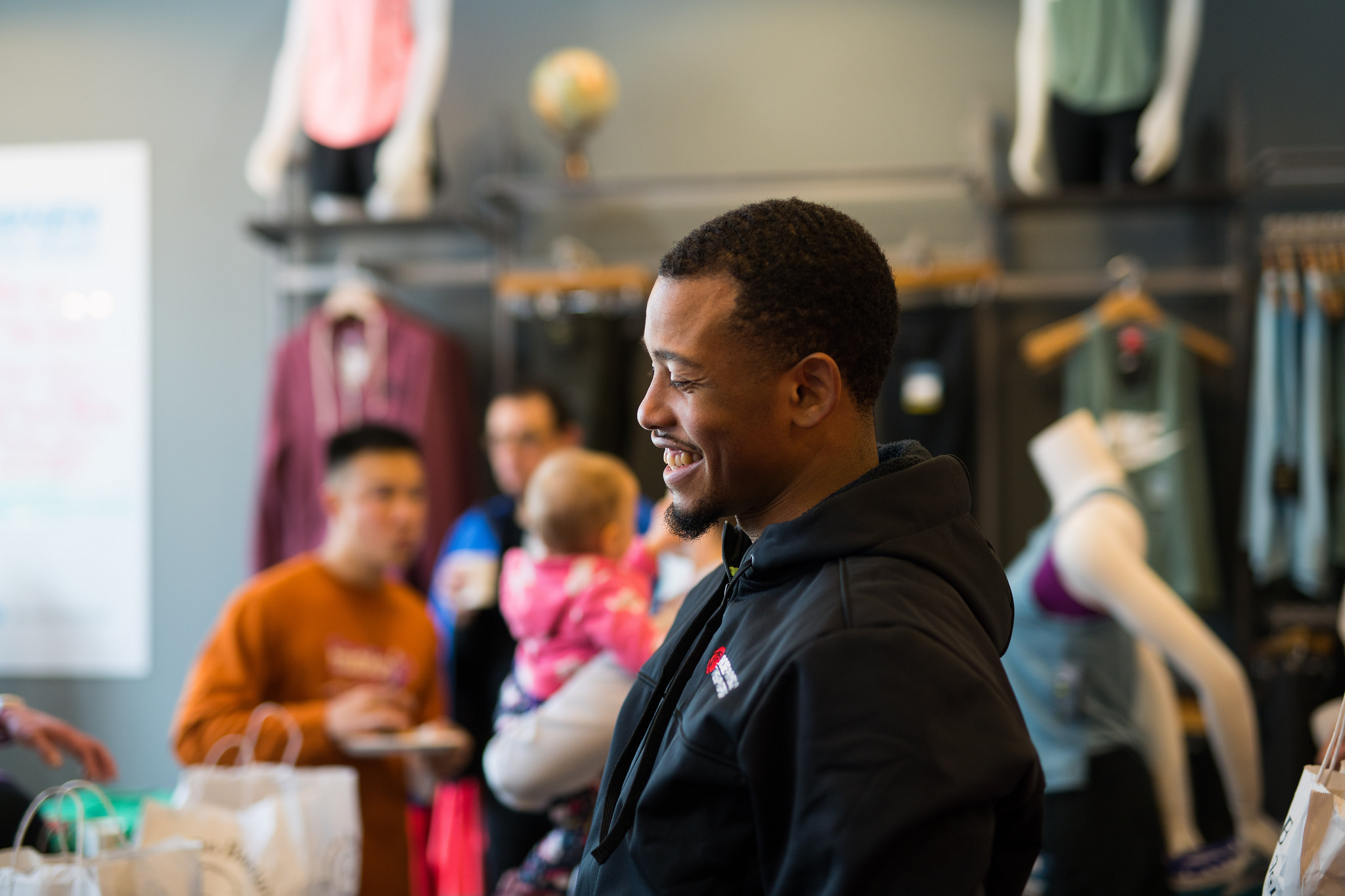As a physical therapist in downtown Washington, DC, I treat a lot of runners. Using skills like Active Release Techniques ART, Graston, and trigger point dry needling are important for me to make a difference quickly and keep runners out there running. Adding a strength training component to running workouts is sometimes challenging, especially in the fast paced DMV, but it can be important to reducing injuries.
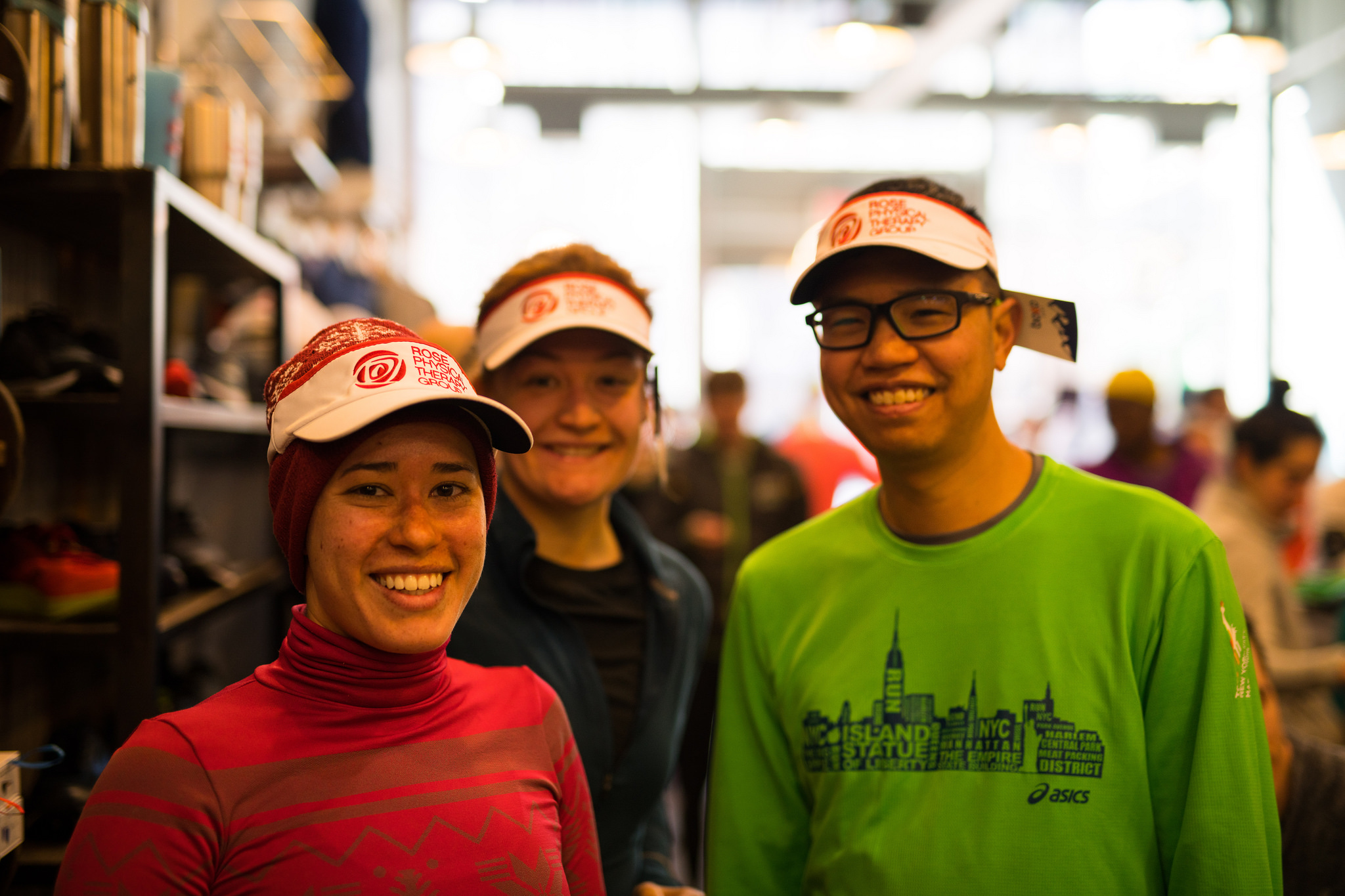
I found out the hard way about the how important strength training is for runners to stay on track. I was accumulating injury after injury with no clear answer to my problems. I had neglected the strength training aspects of my training, being more concerned about running shoes and comfortable running gear. I was naturally strong and thought that running was enough exercise to get me through. But I was completely wrong so I created a plan to help me.
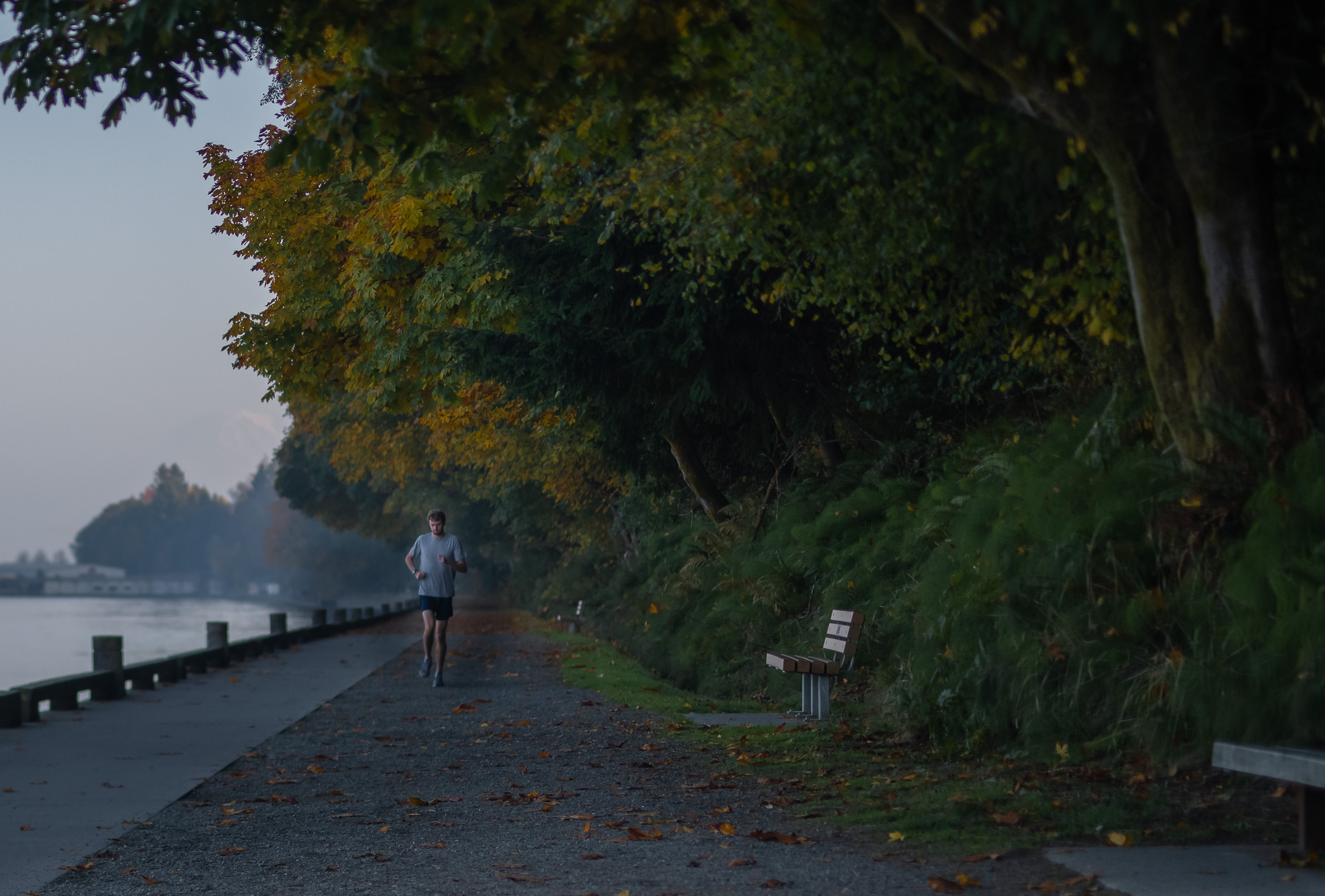
The majority of my workout exercises mimic the specific muscles actions during running. Because running is a powerful movement where you jump from leg to another, I like to include single side exercises. My exercises may include plyometrics and Olympic lifts to train my body to move fast and develop power. Some muscles work differently based on whether you are a triathlete, sprinter, or marathon runner, but the key muscles are the same: glutes, hamstrings, calves, and quads.
Single leg activities are the best. When you run, you are on one leg at a time, so your workout routine should mimic that focus to prepare your body. I recommend training Train one side at time at least 50% of your workout.
Prime your body by working on balance and stability. Everyone is extremely busy here in the Washington, DC metro area, so I created a simple list of exercises to get you started.
- Single leg rear deadlifts are a great addition to every runner’s arsenal. Start by rooting your anchor foot on the ground to give yourself good stability. Then, gently hinge your back while keeping straight and keeping your head up, not looking at the ground. Squeeze your glute as you hinge backward and forward, and keep your chest higher than your hips.
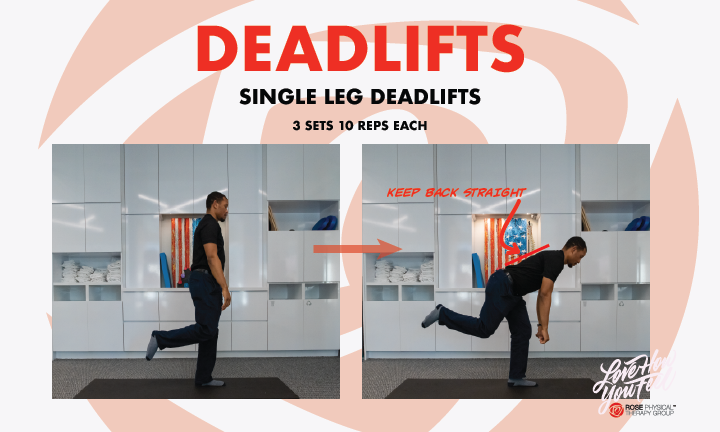
- Single arm dumbbell press should be started by raising the weight over your head to the start position, and with palm facing forward raise the dumbbell until your arm is full extended. Lower the dumbbell slowly back to the starting position.

- Single arm bent over rows start with you bent over almost parallel to the floor with a straight back, weight in hand with your arm extended toward the floor. Without moving your body, pull the dumbbell to your side while keeping your elbow close to your side. Pause and squeeze at top of movement, and then lower the dumbbell back to the starting position.
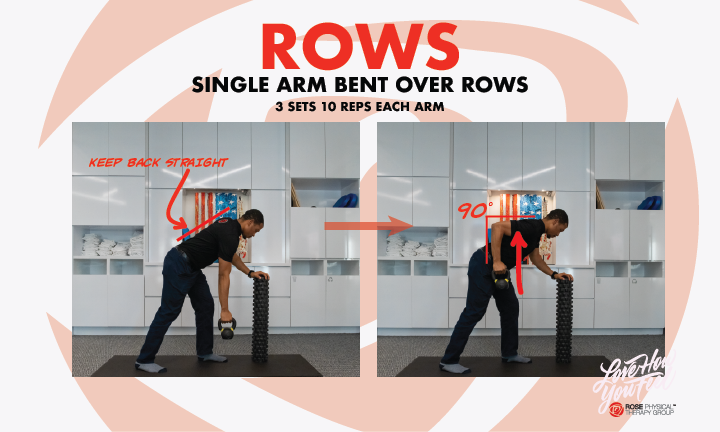
- Reverse lunge should also be staples. From a standing starting position, extend one leg behind you until your front leg reaches about a 90 degree angle. Disengage by standing up and repeating the exercise on the next leg.
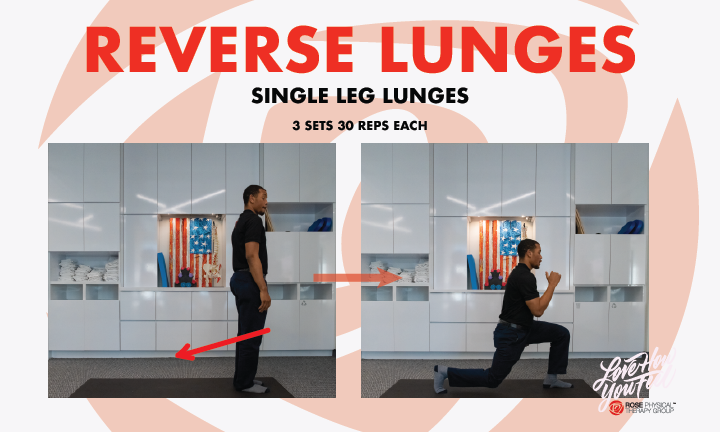
Remember that to get these exercises done regularly, convenience is key and that is why I like exercises that can be easily done at home. Incorporating a few sets or a full 20-30 minute HIIT, or high intensity workout, can really make a difference in your running enjoyment.
Form is critical so proceed at a pace that allows you to do the exercises perfectly. When just starting out, focus on nailing your technique rather than concern over number of sets or reps. Exercises can be made more difficult with others way than adding weight. If you do the exercises the correct you should feel the burn.
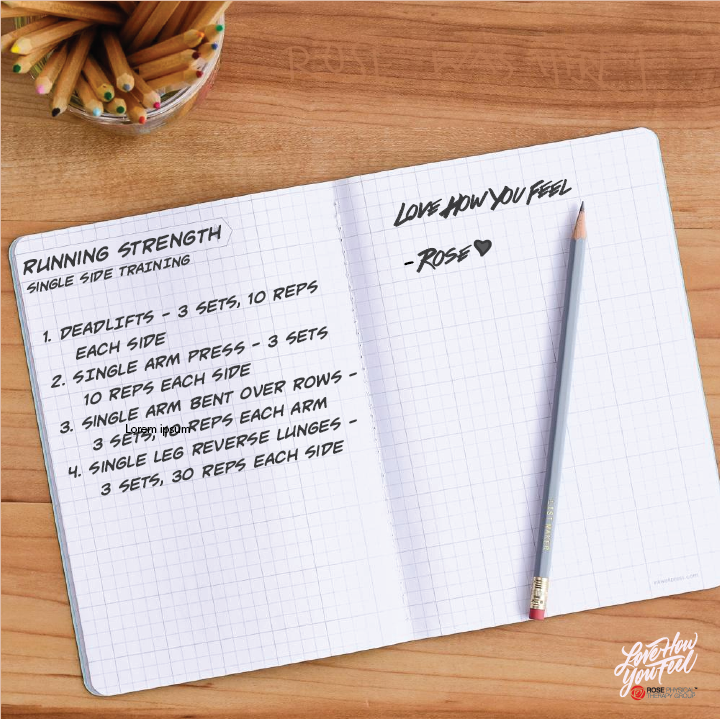
I squeeze strength workouts in my early mornings right before I run around the National Mall or Rock Creek park, or the Navy Yard during the week. I also do extra training on the weekend to keep myself on track.
A good thing to keep in mind is that physical therapy is knowing what exercises you need to do to stay healthy. These exercises help keep me fresh and when I start back running my body will definitely be happy that I did. These activities are great to get started, but if you feel like you could use some guidance from a physical therapist, please give us a call at Rose Physical Therapy. We have a downtown location that is convenient to just about every metro line, right near Farragut Square and Dupont Circle. My office is located in Capitol Riverfront, great for residents of Capital Hill or even NoMa, and we’re about a block from the Navy Yard metro stop.
